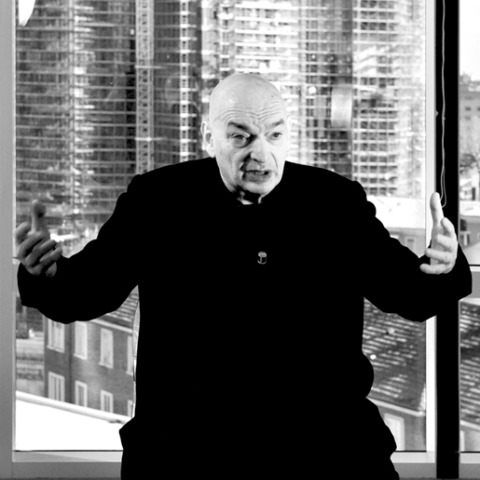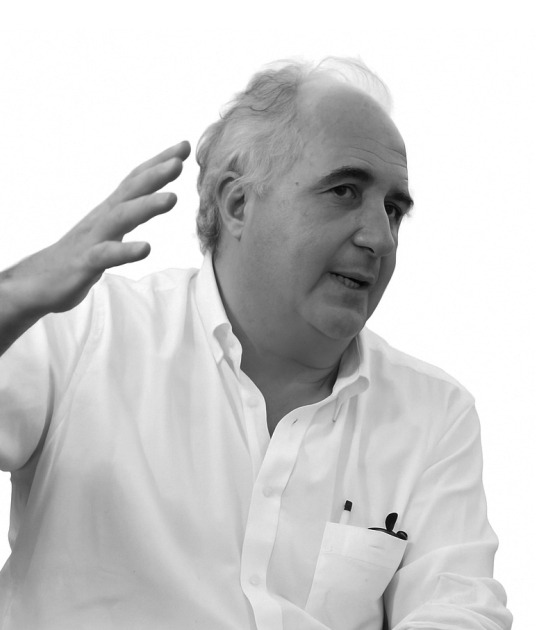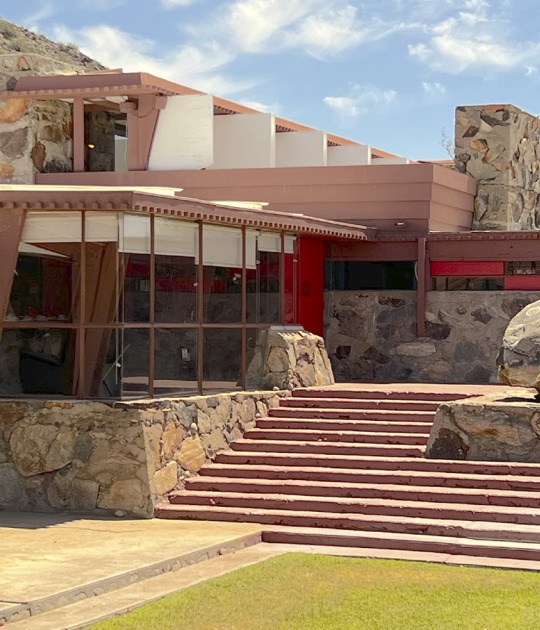The 52nd edition of the Salone Internazionale del Mobile – at the Rho Milan Fairgrounds from 9th to 14th April – will feature a project conceived by Jean Nouvel.
Jean Nouvel will explore contemporary building concepts within a dedicated area in SaloneUfficio’s pavilion 24, informed by a rejection of cloned spaces, enclosed spaces and serial repetitiveness, suggesting new cohesive formulas for tackling the domestic and international markets to greater effect.
Jean Nouvel built his first office building, the CLMBBDO advertising agency on the outskirts of Paris, in the late Eighties, giving full rein to the key strands of his vision of the workspace : mobility, conviviality, pleasure, fun, with offices opening onto both the inside and the outside of the building.
“In 30 or 40 years time we will be stunned to see just how unliveable most of today’s offices really were,” says Jean Nouvel. “Grotesque clones, standardisation, totalitarianism, never the merest hint of being pleasurable to inhabit.” This concept of pleasure in office living is precisely what is driving “Project: office for living.” It is a quest for new materials and new technologies for creating comfortable, effective, user-friendly and ecologically-aware environments. We need to inhabit our offices the way we inhabit our homes and our cities, because we spend just as much time in the workplace as we do in our own homes, and everyone has a right to small pleasures – light regulation, emplacements, views, the right of expression through furniture and objects. “We can work, and will increasingly work, in apartments, in our own apartments, in converted warehouses” says Nouvel. “If we were to work in office skyscrapers, we would have to invent spaces impregnated with generosity, receptive to each and everybody’s universes and personalisations.”
“Project: office for living” will showcase several different work environments light years away from urban segregation and functional cloning. As Jean Nouvel says, the architect’s job is to interpret the technical, cultural and social changes of the age in which we live and to express them poetically in a quest for freedom.
This then paves the way for five completely original scenarios illustrating just how out-dated the traditional office already is.
- A classic apartment, completely transformed into a working environment and done up in ultramodern style is the first “mise en scene:” the space is on a human scale, making for more userfriendly and enjoyable spaces than any repetitive, standardised offices. This is an instance of “cocooning,” the concept of recreating one’s own nest at work, fostering a sense of reassurance.
- The second mise en scene will consist of a series of adjoining offices set out logically and in a structured fashion, but generously free-form in spirit. Sliding walls, folding doors, careful lighting and diversity of ambience achieved by means of moveable blinds, accessories that can be hung onto or removed from the walls at will: the workspace can be closed off from or opened onto the neighbouring offices as required and as desired.
- Next off is a warehouse, converted into an office, optimising its spatial potential, representative of the essential interactions between domestic and work spaces, and reflecting the increasingly common trend for working from home.
The event will also include a small compendium of furnishings and structures created by great architects, a homage to Jean Novel’s heroes, and a VIP lounge, to which four eminent designer friends of Nouvel’s have been invited: Ron Arad, Michele De Lucchi, Marc Newson and Philippe Starck.



























